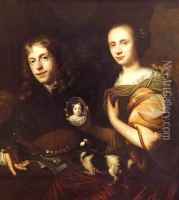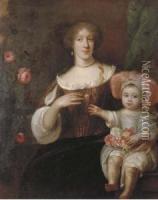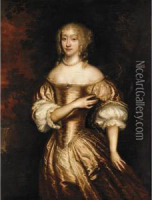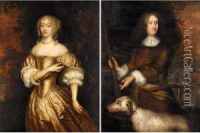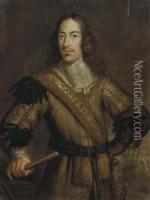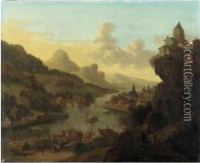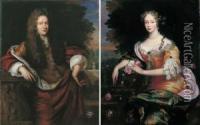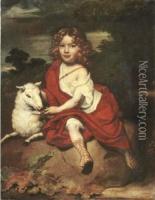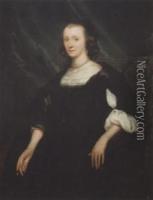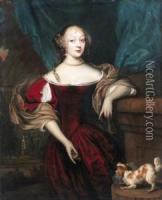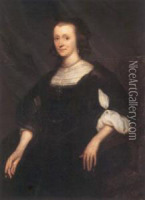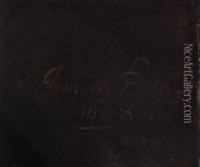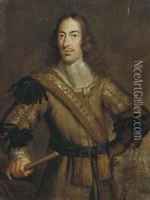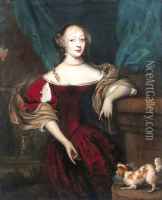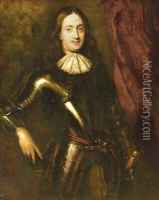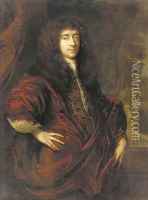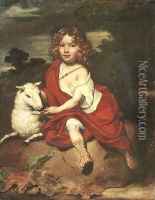Jan de Baen Paintings
Jan de Baen was a Dutch portrait painter who worked during the Dutch Golden Age. He was born in Haarlem in 1633 but moved to The Hague, where he became a student of Jacob Adriaensz Backer in Amsterdam. De Baen's portraits were in high demand by the wealthy merchants and political figures of the time, which can be attributed to his ability to capture the likeness and character of his sitters with notable precision.
De Baen's career flourished when he moved to The Hague around 1660. There, he became a court painter to John Maurice, Prince of Nassau-Siegen, and later to other members of the House of Orange. He captured the likenesses of many important figures of the Dutch Republic, including several stadtholders. His portraits were known for their elegance and the luxurious clothing of the sitters, as well as for the skillful use of lighting and color to enhance the three-dimensionality of the face and hands.
Apart from individual portraits, Jan de Baen is also known for his group portraits, a genre that was very popular in the Dutch Republic. He was particularly adept at arranging the figures in these group portraits in a dynamic and visually coherent manner.
In addition to his work as a portraitist, de Baen also contributed to the historical record of the period with his painting of the corpses of the brothers Johan and Cornelis de Witt, who were lynched by a mob in 1672. This gruesome but historically significant painting underscores the tumultuous political climate of the time.
Jan de Baen continued to paint until his death in The Hague in 1702. His works remain a valuable part of Dutch cultural heritage and provide an intimate look at the faces and fashions of the Dutch elite during one of the most prosperous periods in the nation's history.
